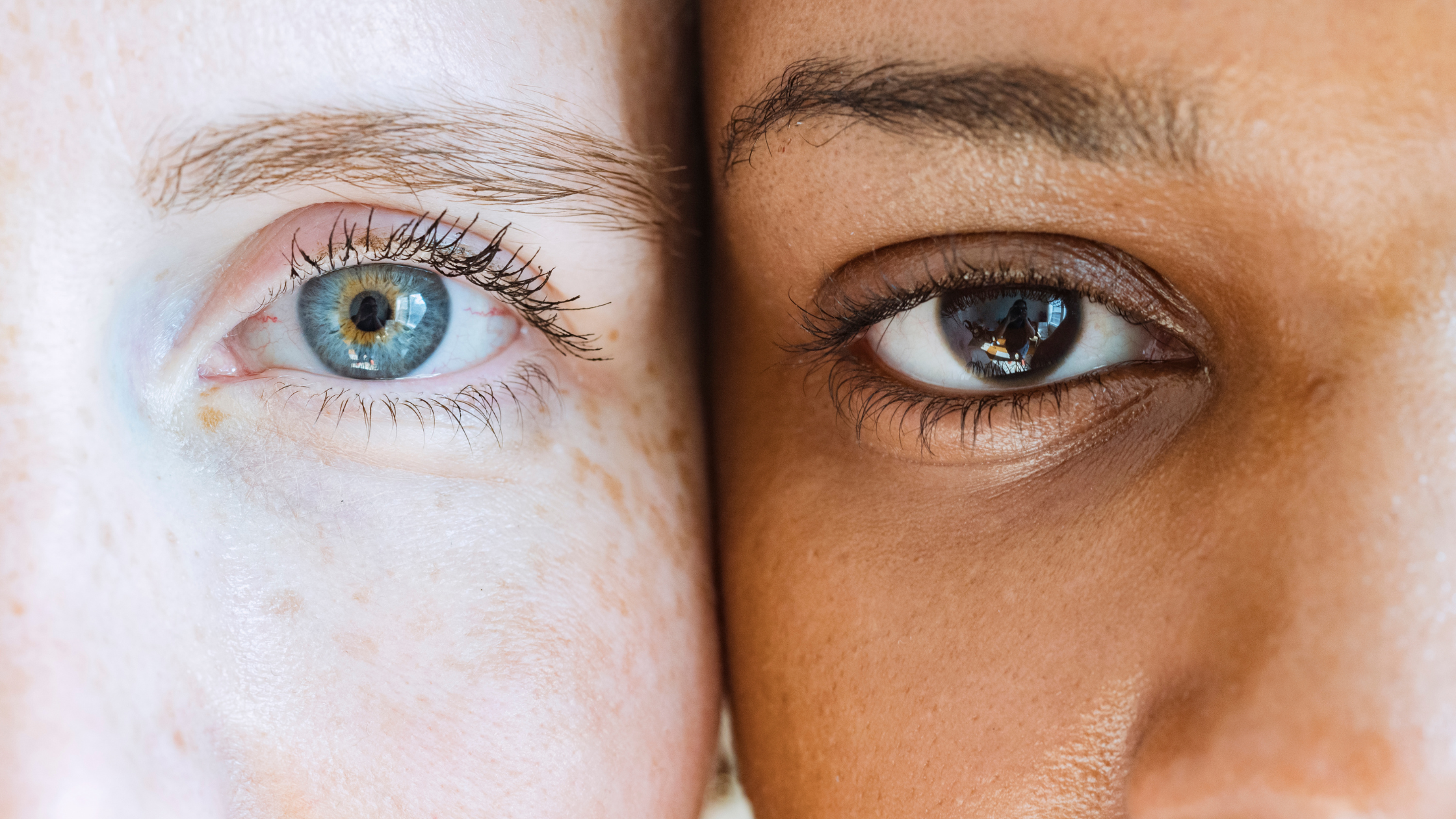
30 Nov Why Do We Have Different Eye Colors?
Humans have beautiful eye colors, but the context of having multiple eye colors often escapes the discourse. Melanin is the chemical compound that determines your hair, skin, and eye color. At its core, melanin shields the eye through light absorption, like UV light that makes direct contact with the iris. This is the area of the eye that essentially controls the volume of light that can reach inside the retina.
The Rarity of Eye Colors
Yes, some eye colors are rarer than others. In central European countries like Britain, where people speak English, there is an equal distribution of hazel, brown, and blue eye colors. But if you start to review the entire world, you’ll find the ratio of eye colors is not evenly distributed. The direct cause is biological and historical.
For instance, brown eyes significantly vary in shades. Brown color eyes are also the most common on the entire planet. On the other hand, people with blue eyes can trace their single ancestor to a particular mutation.
Here are the updated percentages of eye colors in the world:
- Brow – 70-79%
- Blue – 9-10%
- Hazel – 5%
- Gray – 3%
- Green – 2%
- Violet or Red – <1%
Apart from the usual eye colors, you may come across people with heterochromia. It refers to entirely or partially different colors of eyes. Globally, these eye colors exist for about 1%.
Melanin & Pigment
Melanin in the iris can exist in two forms; pheomelanin and eumelanin. Now, pheomelanin produces colors like green, hazel, and amber, while eumelanin creates a deep brown and chocolate eye color.
On the other hand, if you’re wondering about blue eyes, they appear due to non-existent melanin. It means there is no blue pigmentation that turns the color of the eye blue. Instead, people get ocean and sky blue eyes from how the light distributes across the iris, known as Tyndall scattering.
Eye Color Genetics are Complex
Eye color genetics is more complex than people realize. For instance, when melanin is not present in the eye in enough quantity, it produces green eye color that often mixes with blue or yellow pigment.
Similarly, there has to be a specific amount of melanin present to produce brown color eyes. When it comes to violet eyes, there is no melanin across different layers of the iris. It is a combined result of Tyndall scattering and when the blood vessels become invisible.
Scientifically, a single control gene can determine or alter eye color. Of course, there are other reasons eye color can change. Today, you can even artificially change your eye color through contact lenses.
Wrap Up
We love to see patients with beautiful and bright eyes. Reach out to us if you’ve got questions about your eye color and whether or not it ties together with your eye health.
Our dedicated eye doctors cater to custom eye care services at Total Eye Care Billings. Contact us to schedule your eye exam today!



